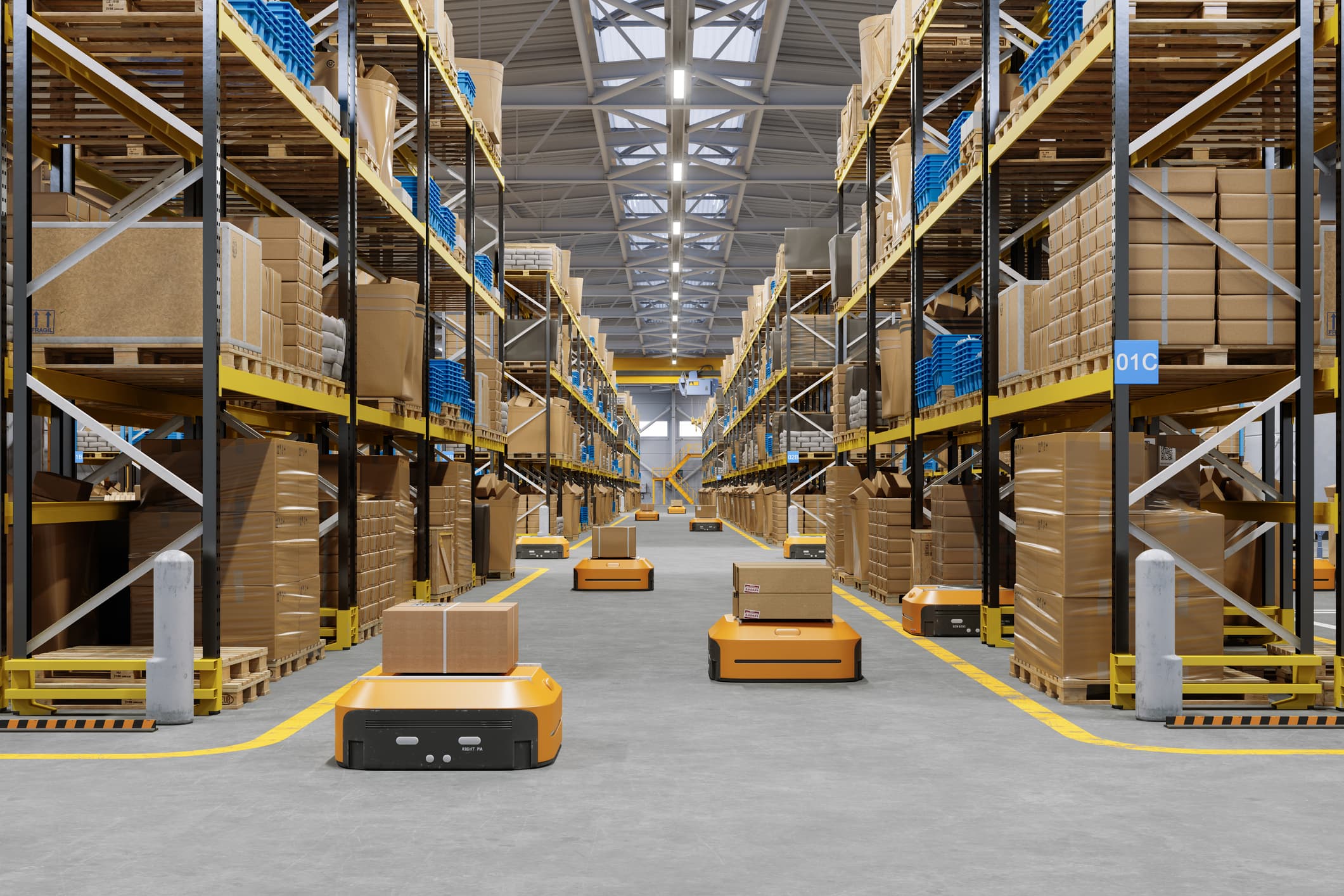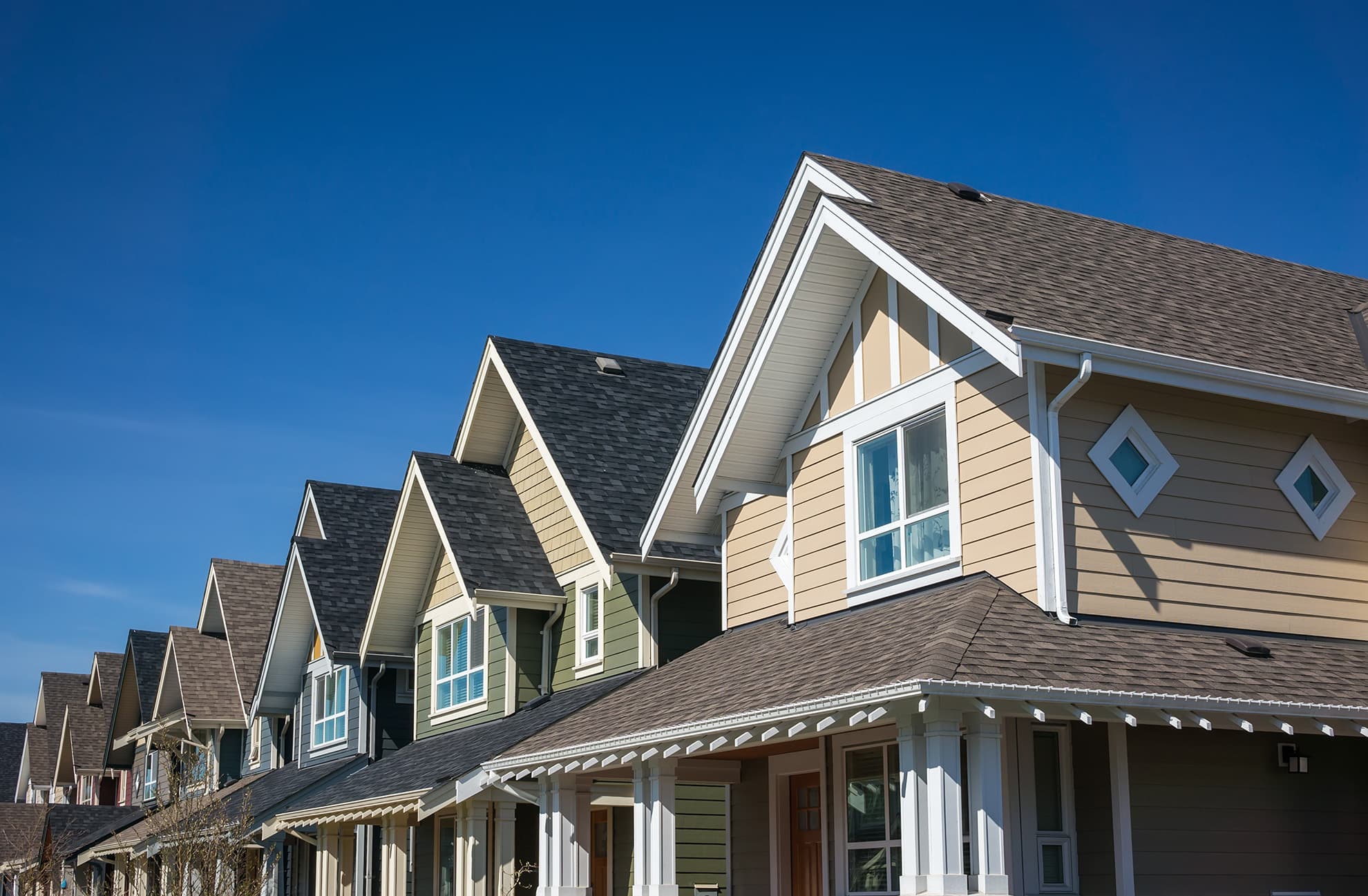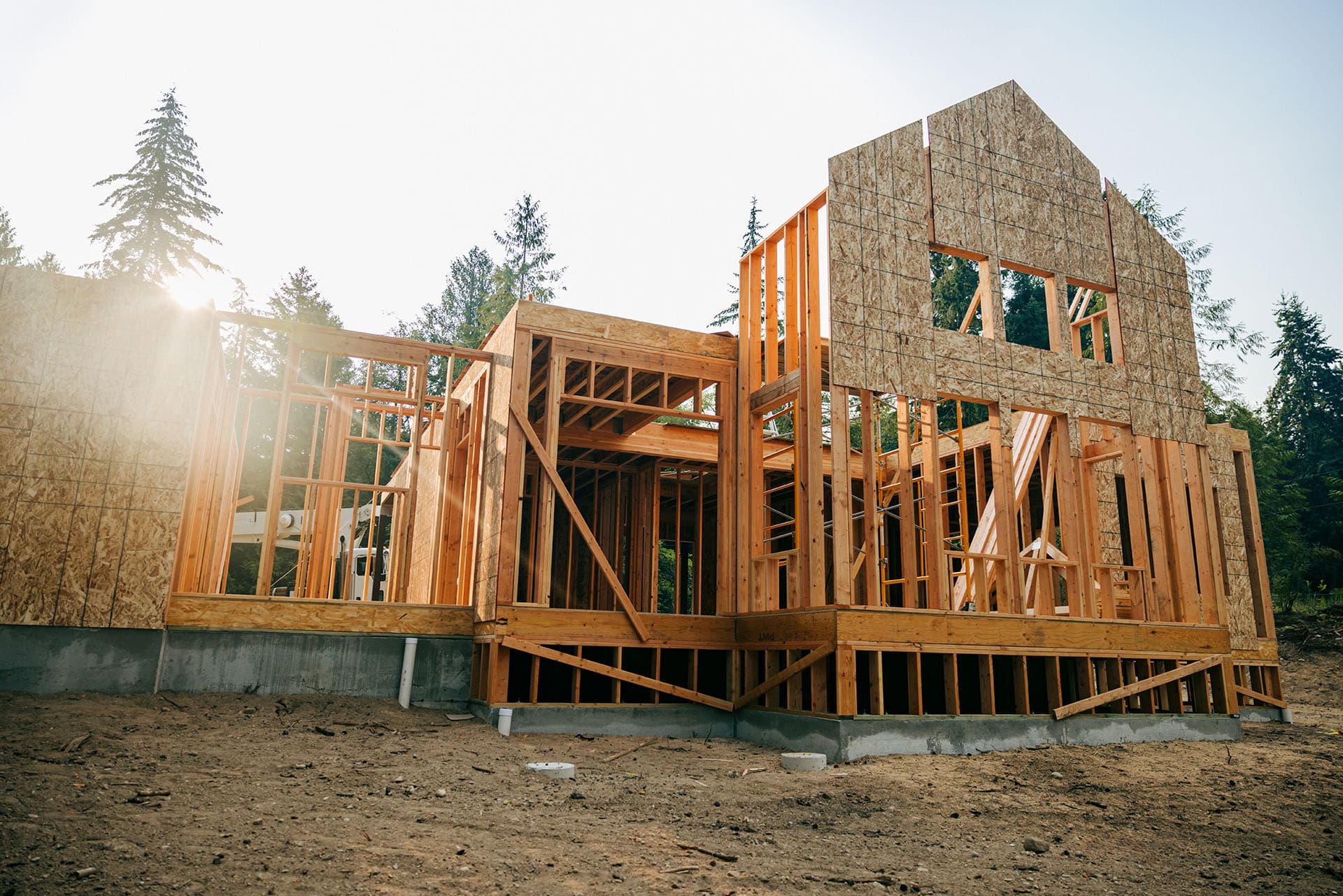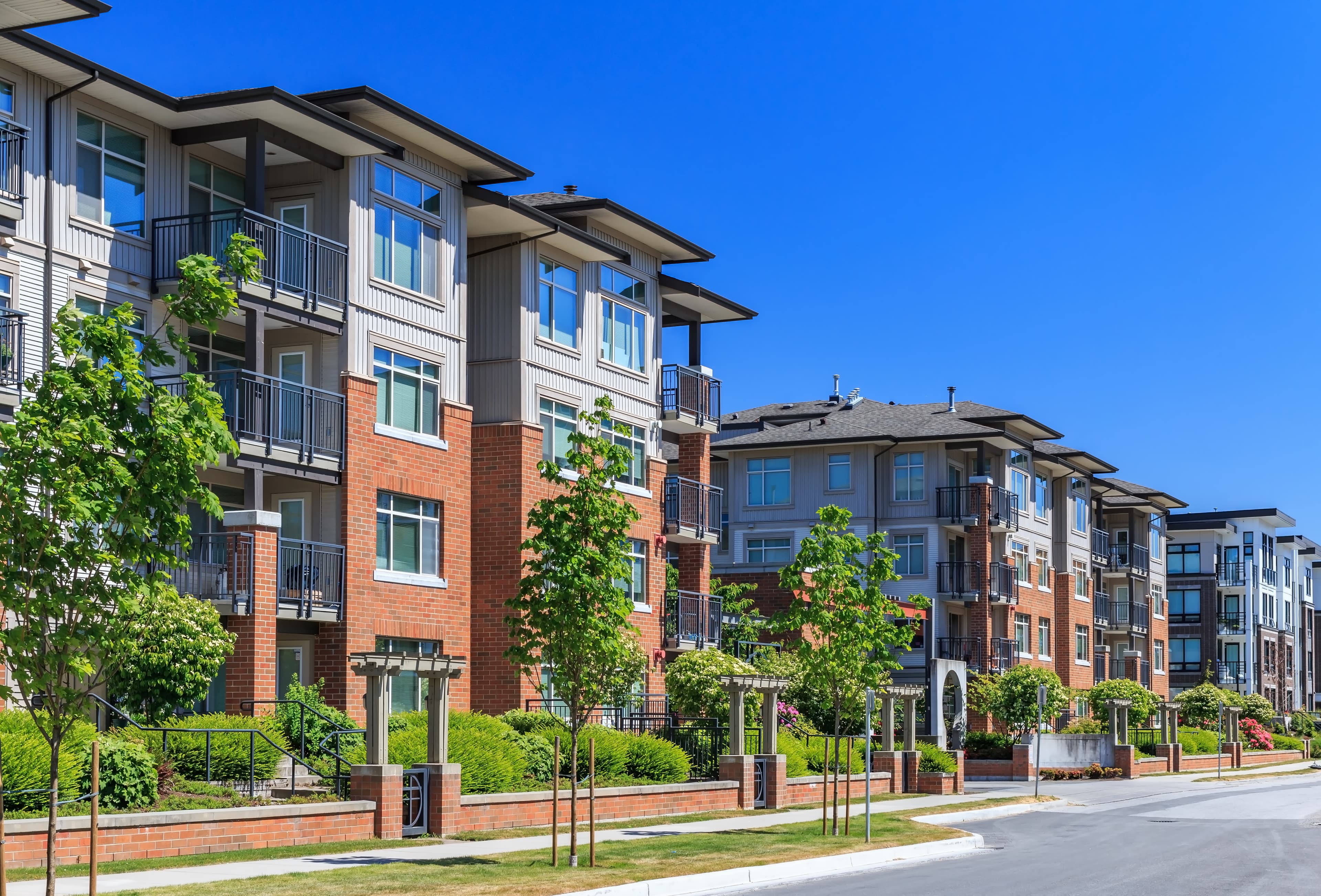Industrial real estate absorption slows, modernization accelerates
Learn where some industrial real estate developers see tremendous opportunity ahead to replace the US's aging and outdated warehouse stock.

Key highlights
Industrial vacancy in the US has risen steadily from low single-digits, in the immediate post-pandemic period, to nearly double in the most recent quarters
Less than 15 percent of the US industrial inventory has been built since 2015, and less than one-third since 2000
Tenant demand for modern industrial space is expected to grow along with the increasing use of automation within facilities
The reshoring of manufacturing to the US could have a multiplier effect that is extremely impactful for the industrial market over the next five to 10 years
AI has made land with power accessibility much more valuable
From outdated to advanced: The rise of modern industrial development
The headline themes across the US industrial market lately have been focused on big challenges — overbuilding, slowing absorption, and downward pressures on rent growth. On the flip side, some developers see tremendous opportunity ahead to replace the country’s aging and outdated warehouse stock.
“The technological needs of our tenants continue to evolve, and those buildings will continue to evolve. So, there is a lot of room under the pedal, especially as we look at the next five, 10, and 15 years,” says Aasif Bade, Founder and CEO of Indianapolis-based Ambrose, an industrial, logistics, and e-commerce real estate developer and investor that has developed more than 30 million square feet nationally.
Bade recently sat down with Altus Group’s US Research team for an episode of CRE Exchange to discuss current market conditions, long-term trends, and the need to modernize US industrial real estate.
The headlines are not wrong. A surge in new supply has landed in a market where companies are now moving more cautiously. The industrial leasing market has struggled over the last two years as interest rates have crept up, and the uncertainty surrounding global trade policies have slowed decision-making. Industrial vacancy in the US has risen steadily from low single-digits in the immediate post-pandemic period to nearly double in the most recent quarters. A key question among stakeholders is whether that reflects “healthy normalization” or a bigger concern for the future.
Occupier requirements for industrial property continue to evolve
Absorption has dropped from a post-pandemic boom of nearly 500 million square feet of annual net absorption to current levels, which are on track for roughly 120 million square feet in 2025. Yet Bade sees a market where the glass is half full rather than empty.
The US industrial market is comprised of nearly 18 billion square feet. “One key factor that has made us highly convicted on modern industrial is that a very small fraction of that space has been built in the last 10 years,” he says. Bade estimates that less than 15 percent of the country’s industrial inventory has been built since 2015, and less than one-third since 2000.
The result is that a sizable portion of the industrial warehouse market hasn’t kept up with the needs of today’s space users. Ceiling heights in new buildings have doubled; the amount of power going into buildings has increased 10-fold in some cases; and even the flatness of the floor needed to accommodate robotics is more precise down to the millimeter.
“From a demand perspective, I would say activity is at the high point right now, maybe approaching pre-COVID normalization or even better than that,” says Bade. Across its portfolio, Ambrose has about 2 million square feet of vacant space that's under construction or newly built. Currently, the firm is tracking nearly 50 RFPs or tenant requirements that total about 9 million square feet. An important market indicator will be how much of that activity translates into actual completed transaction volume.
Bade also notes that while rents are being downwardly pressured in certain overbuilt submarkets, rent growth is occurring in other markets that are more supply-constrained.
Long-term trends impact the US industrial market
A number of significant trends, including AI, onshoring, and shifting supply chains, are poised to impact the US industrial market over the longer term.
The US industrial market is in the early stages of realizing the impacts of reshoring and onshoring. Manufacturing projects are very large, both in terms of dollar investment and the amount of land they require. In addition, there’s an enormous multiplier effect in terms of a manufacturing facility getting built, followed by industrial space needed to service that new facility across the entire supply chain from raw materials to the transport of finished goods. “Depending on exactly how manufacturing growth accelerates, that could be extremely impactful over the next five to 10 years,” says Bade.
Tenant demand for modern industrial space is also expected to grow along with the increasing use of automation within facilities. “What I see inside of a warehouse today versus 35 years ago when I walked into the warehouse where my dad worked is absolutely unbelievable,” says Bade. “AI is completely changing even how the robotics and automation work.”
Another area that’s gaining more attention is how AI is drastically changing demand for power, not only for data centers, but for today’s more automated warehouses. “This AI phenomenon has really made land that has power accessibility much more valuable,” says Bade. Going forward, it will be interesting to see how the industrial sector will be impacted by land that moves from the industrial pipeline to instead become a data center. “We're seeing a lot of that in our own portfolio, and as an industry, I think that will continue to accelerate and impact land availability for industrial development,” he adds.
While headlines focus on slowing absorption and rising vacancies, the deeper story is one of transition. For investors, developers, and lenders, the biggest opportunity may lie not in chasing short-term trends, but in modernizing and positioning assets to meet the demands of the next decade.
Want to be notified of our new and relevant CRE content, articles and events?
Disclaimer
This publication has been prepared for general guidance on matters of interest only and does not constitute professional advice or services of Altus Group, its affiliates and its related entities (collectively “Altus Group”). You should not act upon the information contained in this publication without obtaining specific professional advice.
A number of factors may influence the performance of the commercial real estate market, including regulatory conditions and economic factors such as interest rate fluctuations, inflation, changing investor sentiment, and shifts in tenant demand or occupancy trends. We strongly recommend that you consult with a qualified professional to assess how these and other market dynamics may impact your investment strategy, underwriting assumptions, asset valuations, and overall portfolio performance.
No representation or warranty (express or implied) is given as to the accuracy, completeness or reliability of the information contained in this publication, or the suitability of the information for a particular purpose. To the extent permitted by law, Altus Group does not accept or assume any liability, responsibility or duty of care for any consequences of you or anyone else acting, or refraining to act, in reliance on the information contained in this publication or for any decision based on it. The distribution of this publication to you does not create, extend or revive a client relationship between Altus Group and you or any other person or entity. This publication, or any part thereof, may not be reproduced or distributed in any form for any purpose without the express written consent of Altus Group.
Authors

Omar Eltorai
Senior Director of Research, Altus Group

Cole Perry
Associate Director of Research, Altus Group
Authors

Omar Eltorai
Senior Director of Research, Altus Group

Cole Perry
Associate Director of Research, Altus Group
Resources
Latest insights






Jul 22, 2025